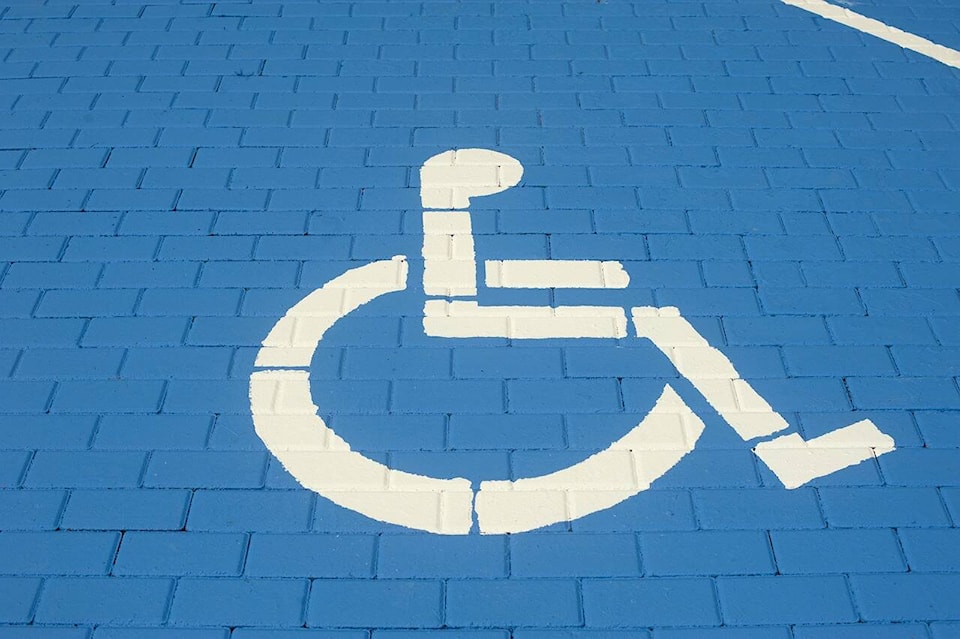A new committee with the Regional District of Kootenay Boundary (RDKB) is aiming to make communities within its borders more accessible.
The new Accessibility Advisory Committee has been formed after weeks of planning and selecting members, said Anitra Winje, corporate officer for RDKB.
The new committee consists of 15 people from across the RDKB, she said, but their names will not be formally released until the committee meets for the first time at the end of this month.
“There are some procedural aspects we have to go over with members, as well as talk with them about details of their roles, but generally, we are very pleased with the response we got when we put out a call for applications,” Winje said.
The RDKB put a call out for people interested in sitting on its Accessibility Advisory Committee late last year and the response was “shocking,” Winje said. The RDKB received far more applications than they expected, showing there is a great need and interest in improving accessibility in the region’s communities. She added she is also happy with the diverse makeup of the committee, which will bring more voices and perspectives to the table.
The goal of the committee is to create an inclusive, accessible region. The committee’s term of two years will include four in-person meetings every year, with members being allowed to participate virtually, according to the RDKB website. Members also receive compensation of $100 per meeting.
To join the committee, applicants had to demonstrate they are actively involved with organizations for people with disabilities, be a caregiver for people with disabilities, or a person living with a disability. They could also represent a broad range of under-served and equity-seeking groups such Indigenous Peoples, faith-based groups, LGBTQ+, newcomers, new Canadians, persons living in poverty, people of diverse ethnic or cultural origin, seniors, women and youth.
